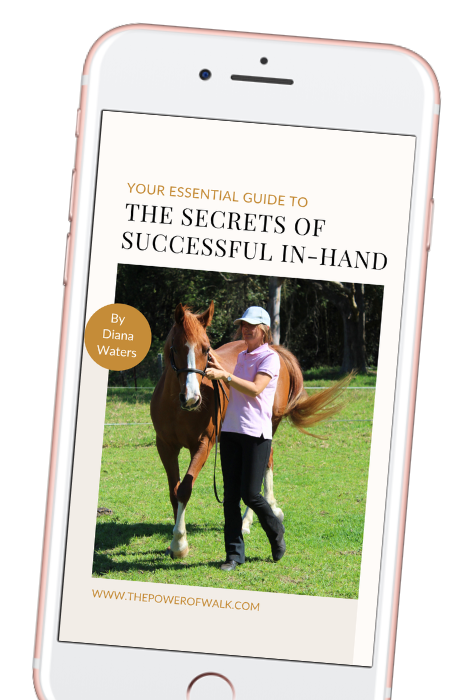
Teaching a horse to stretch
Many horses, especially Arab types as shown here, will not instinctively stretch forward when the reins are released. This is usually because there is too much tension held in the neck and/or jaw, having a knock on effect through the whole body.Many people, not knowing how to address this, go ahead and progress the education anyway, moving up through the levels, hoping the horse will eventually figure it out (or get so tired that they collapse into stretch!)The inability to stretch is a symptom of tension being held in the whole body. Therefore, I believe that we need to address this before everything else.Once underlying tension is addressed, the horse will offer stretch of their own accord. Then we know that the horse is ready to progress.I’ve been having some really interesting discussions lately with competitive dressage riders regarding the pattern of compressed necks and BTV that we see.It turns out that at least in some cases the riders would really prefer a longer neck, with the horse reaching into the contact instead of sucking back, but they do not know how they can achieve this.It seems normal and widely accepted for a horse to progress up the levels even to Grand Prix without ever being able to seek the contact: when the contact is picked up the horse will tend to shorten the neck.One rider says:“I’m actually starting to realise that I have to ride with MORE leg into a STRONGER contact than I prefer, in order to get him pushing enough from behind into the bridle to get the contact steady, more in front and up”“You have to start getting the contact as far in as they take it and then gradually try to push it further out.”This does not sound at all enjoyable to me. I believe that this tug of war takes place because the horse is never actually shown what to do with the rein contact from the beginning.At the very start of education, if we can acquaint the horse with the tools of communication: whether this is a bridle with a bit or a headcollar, and show them how to interact with this, rather than leave it to chance, we can prevent this from ever becoming a problem.The horse needs first to feel safe and comfortable wearing equipment on their face.Next, they need to be able to mobilise and release their jaw and neck in response to feeling the contact.Finally, they need to complete the release through the whole body by stretching forward and down.This can all be taught, from the ground, in halt or slow walk, using a headcollar or bit and gentle touch with subtle movements. It’s important to note that the stretch belongs to the horse: it is not the same as teaching head lowering from a cue, or maneuvering the head down and out: the horse needs to actively seek stretch which only happens if the release is correct. A “taught” stretch doesn’t have the same feel of drawing forward as an actively sought stretch, and most likely also won’t translate as well to under saddle work as the horse isn’t seeking contact due to the correct moment that precedes the stretch.In the photo sequence, Flicker is hollow and braced. The reins are softly gathered up and she is asked to slow the walk right down, and release the brace through gentle touch of the neck. The reins are immediately let go, and the small release grows to a full stretch drawing the contact forward.This feels great in her body.Once she knows this, she will begin to instinctively release the neck and reach forward into the contact when the reins are picked up. We practice pick-up and let-out very often until she really understands this. Now, she will not forget it, and although we may ride with very little contact when she is first started under a rider, (to allow her to find her balance) once she’s confident enough, we can pick up the contact and straightaway she will reach forward with a soft neck and mouth.



